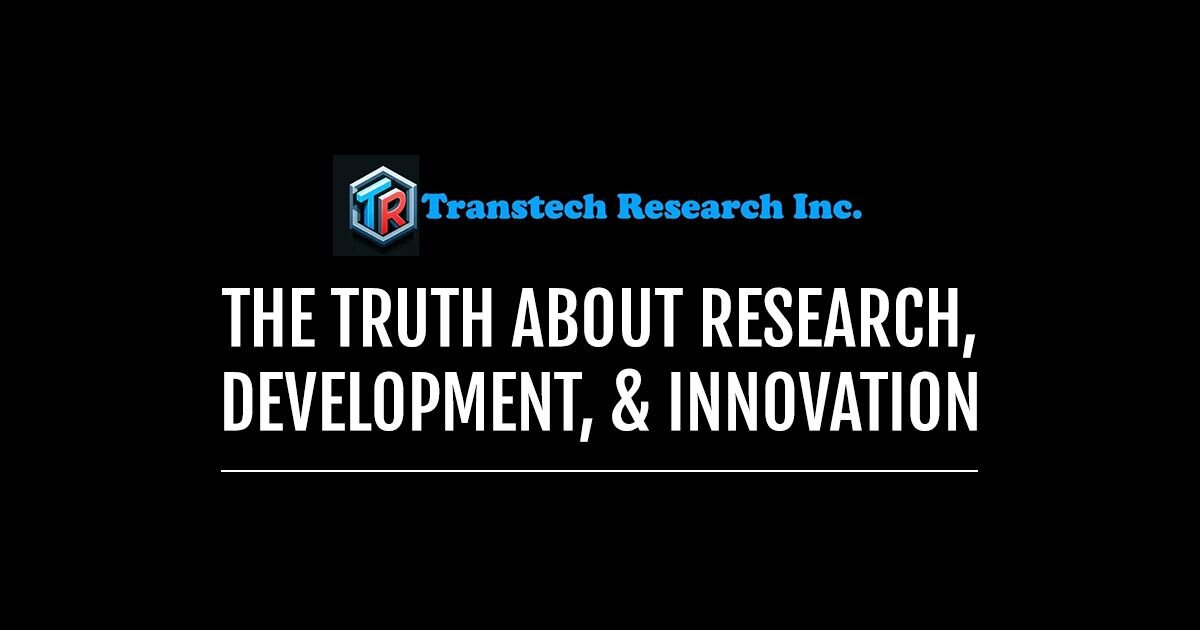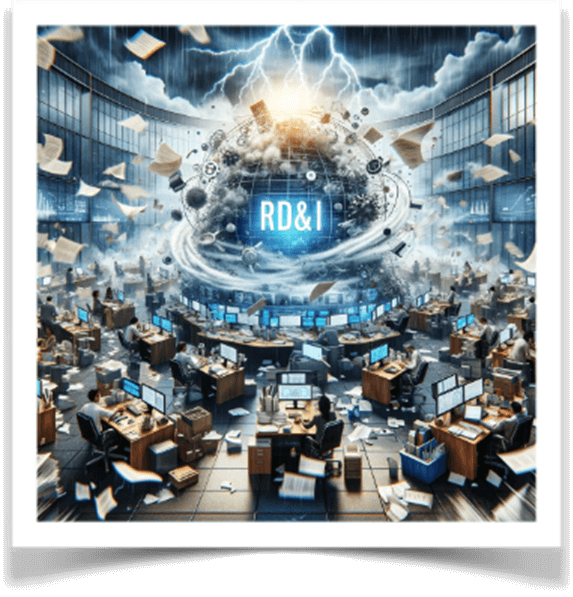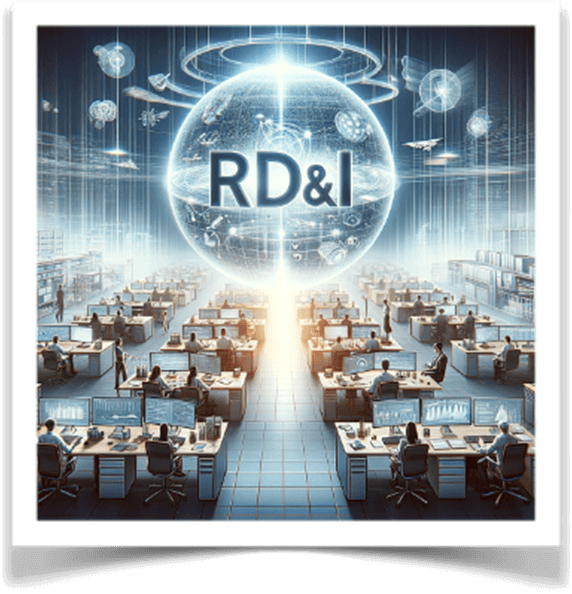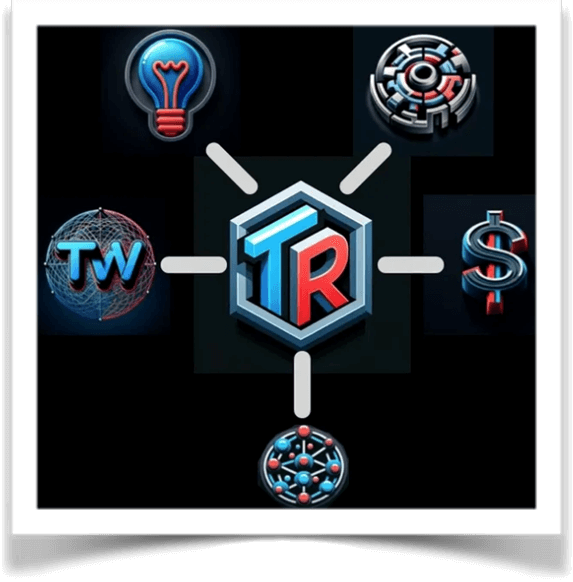
We collect basic website visitor information on this website and store it in cookies. We also utilize Google Analytics to track page view information to assist us in improving our website.

In today's hyper-competitive global market, the drive for growth and search for new innovative ideas, combined with increasing competitive pressures, have elevated Research, Development, and Innovation (RD&I) to one of primary strategic importance.
However, it is often very difficult to remain focused on your RD&I objectives, as the preoccupation with immediate day-to-day operational issues often dominates your priorities. Because of their uncertain nature, it is often the RD&I initiatives that suffer most, perpetually being put on the back burner.
To ensure the success of your RD&I initiatives, it is important to remove the uncertainty and understand:
Research, Development, and Innovation often sounds like some grand program or large project. The reality, however, is that RD&I is scalable and can take the form of large well-funded collaborative projects or small budget activities that take up a portion of one person’s time and everything in between.

The problem is that RD&I, at any scale, can be extremely parasitic on a corporation when the true costs and efforts are underestimated, or the project’s progress is stunted by unexpected results or inefficient development practices.
Due to the uncertainty of outcome, RD&I project management certainly differs from conventional project management. However, it is still critical to have an appropriately detailed plan in place and to effectively control and co-ordinate the RD&I project’s activities to:
Because of the evolutionary and agile nature of most RD&I, many organizations forgo the creation of a strategic development plan for fear that it will become irrelevant as the project evolves and inevitable changes are required.
THIS IS A MISTAKE.
The successful development of any new product, process or technology often hinges on establishing a solid RD&I plan. It should be structured to provide the clarity, agility, and conviction necessary to realize your development aspirations, and should consider the following 5 Step Process:

1. Establish RD&I Goals, Objectives, and Boundaries
2. Establish Activity Sequence, Dev Phases and Resource Planning
3. Establish an RD&I Tracking and Communication Plan
4. Establish Key Risks and Uncertainties
5. Summarize Estimated Costs and Establish Funding Opportunities
At Transtech Research Inc., we understand that Research, Development, and Innovation (RD&I) is foundational to bridging the gap from conceptualization to successful commercialization. Our primary mission is focused on providing innovators with a comprehensive suite of RD&I tools, resources, and collaborative services, all meticulously designed to help you mitigate the inherent challenges associated with RD&I, allowing you to meet your innovation goals while maintaining efficient resource allocation and financial stability.

Whether taking advantage of one or all of our “Value Hubs”, which includes our Idea Hub, Development Hub, Funding Hub and Community Hub, we can help clients:
Please contact Ross Bauer for more information about the Strategic Partners.
![]() (519) 240-1290
(519) 240-1290